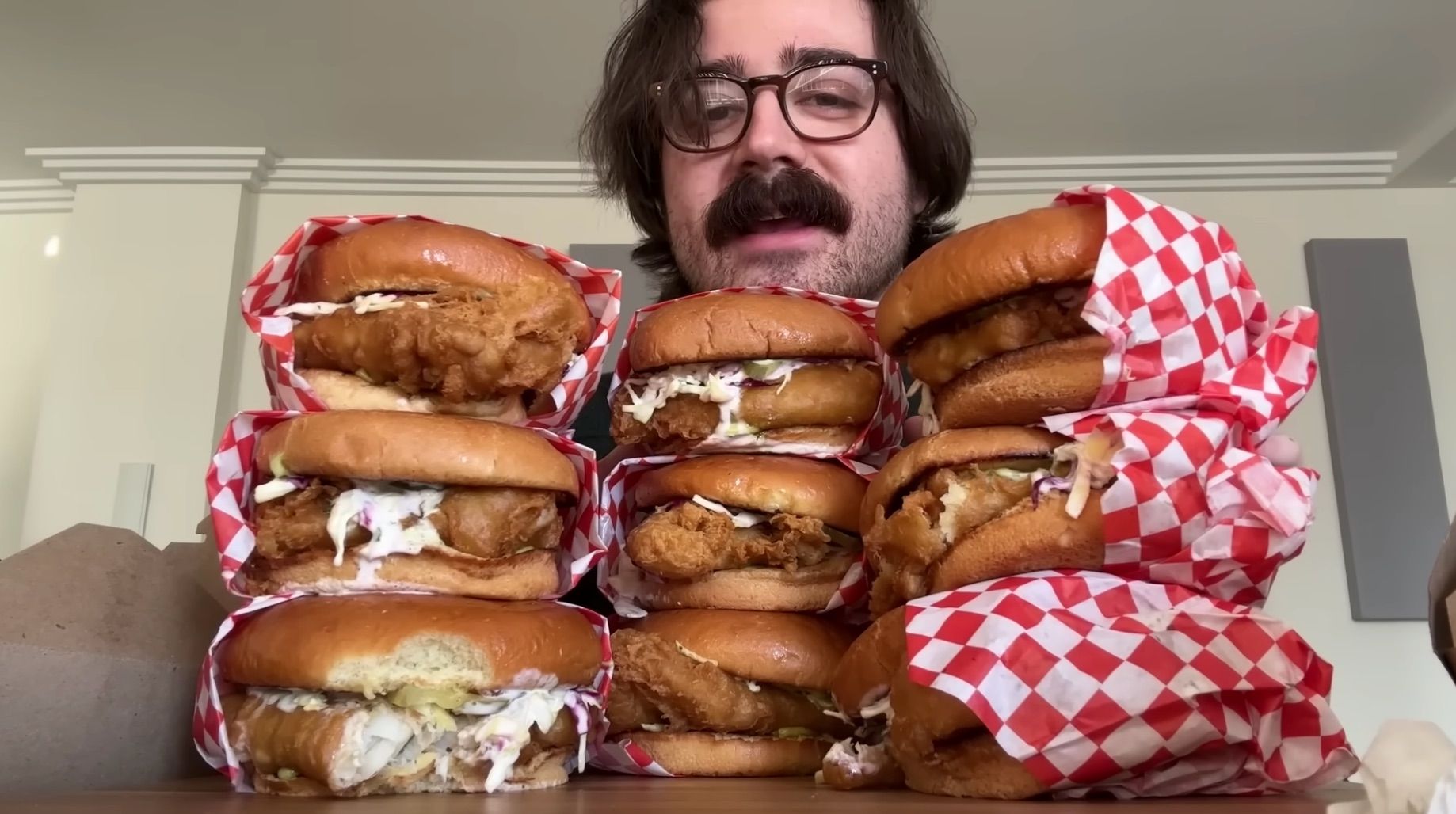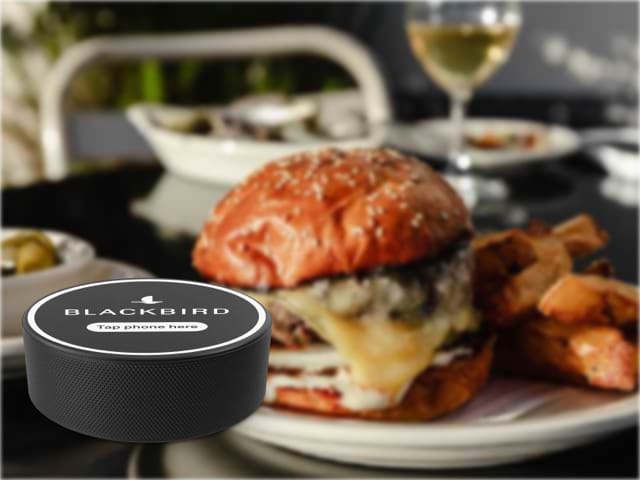Read Time
10 min

The virtual brand space has matured quite a bit in the past three years. Perhaps the biggest data point is the fact that Brinker’s two virtual brands are currently on a $240mm run-rate across both Chili’s and Maggiano’s Little Italy stores. This week, Uber Eats said that it now counts over 40,000 virtual storefronts on its platform, up from 1,600 in 2018 and ~20k in 2022. This figure represents ~4.5% of the total 890k global merchant listings on Uber Eats. The platform has been an early pioneer of virtual brands, quietly launching its own virtual restaurant program in 2018 throughout hundreds of cities. Meanwhile, an entire industry of tech startups have emerged to incubate, A/B test, and deploy virtual brands on behalf of SMBs and large corporate chains in an effort to drive incremental sales. However, this growth has led to an SEO-like environment that has taken a toll on quality, as recently documented by YouTuber Eddy Burback. Earlier this month, DoorDash released its official “Virtual Brand Quality Requirements,” followed by announcements this past week from Uber stating that it would remove 5k storefronts as it creates a new Certified Virtual Restaurant Program.

This week, as HNGRY was quoted in the WSJ about these developments, I thought it might be helpful to check in on the current state of the virtual brand industry since I first wrote about it in 2020. To analyze the top players, I asked my friends at Loop to break down the top virtual brand portfolios on Uber Eats and DoorDash. Loop has built a dashboard for such companies and restaurant chains to better optimize thousands of brand listings across third-party platforms. Below is an estimated breakdown of tech players in the space. Altogether, they make up an estimated 17k listings, about half of the figure reported by Uber. This indicates that the other half of virtual brands are created by a mix of smaller startups and mom and pops.
Subscribe to continue reading
Sign up now for HNGRY Trends to read weekly stories like this and join the community of hundreds of food tech industry insiders from CloudKitchens, Uber, DoorDash, GoPuff, and more.
Already a member? Log in







